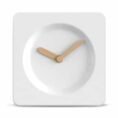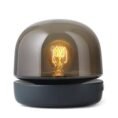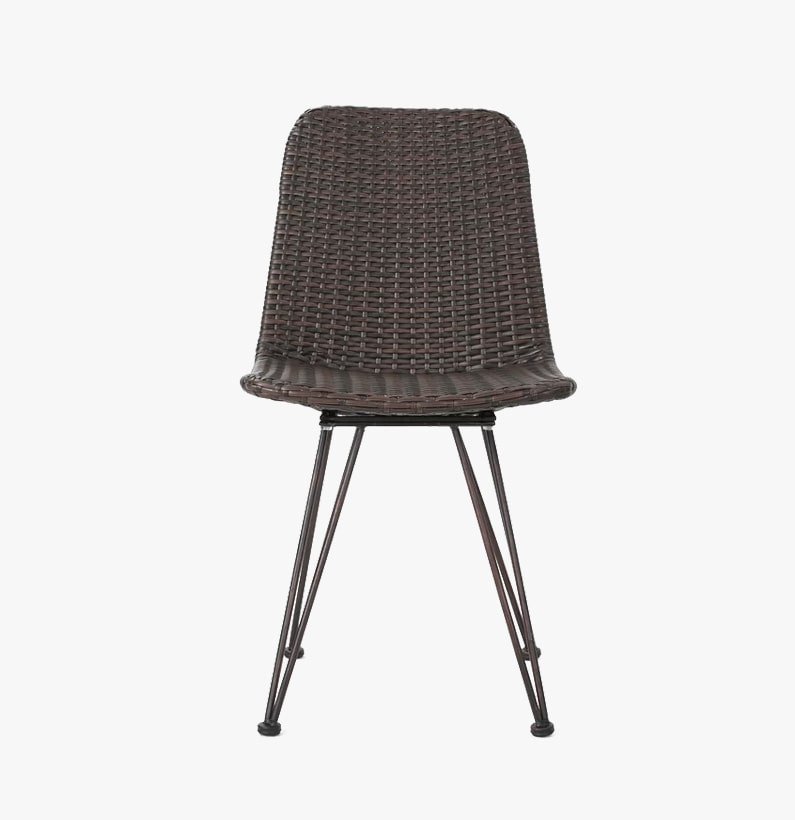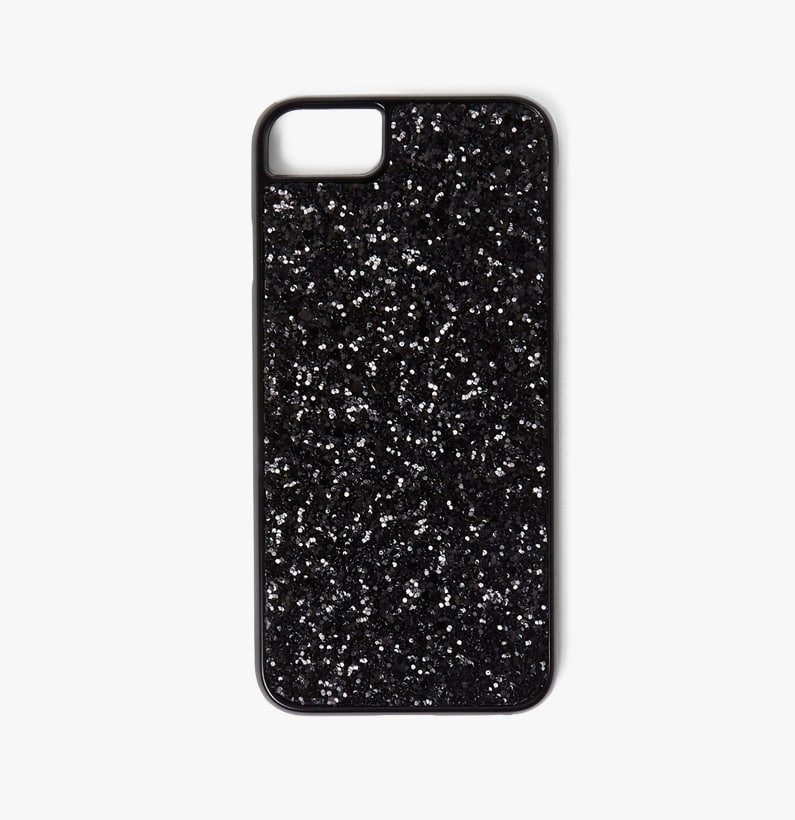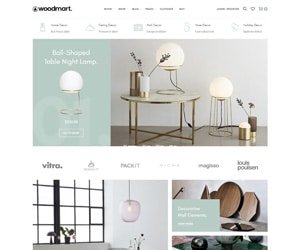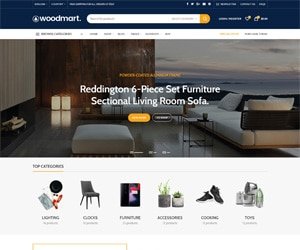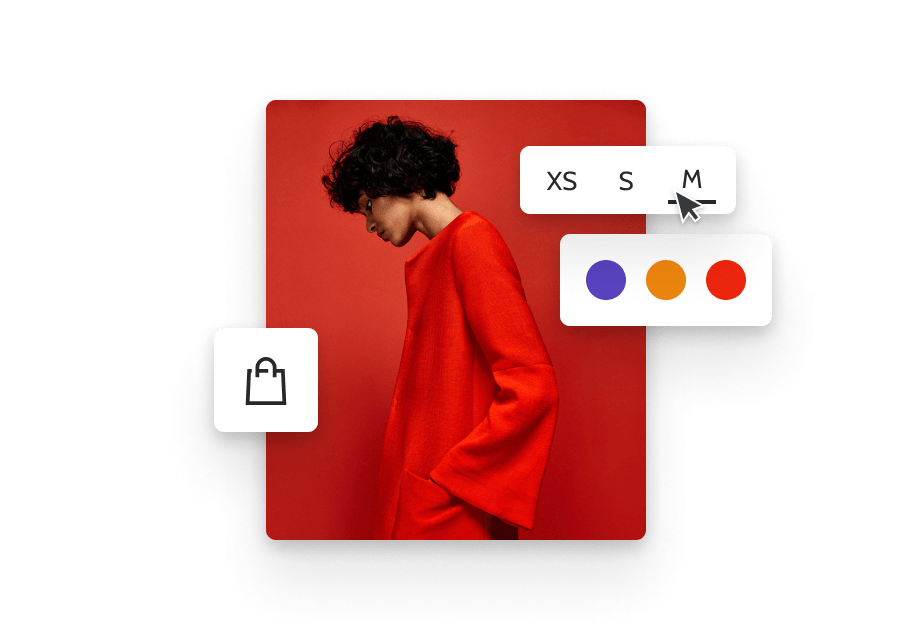The Role of a Layout Artist in Creative Advertising
In the dynamic field of creative advertising, the role of a layout artist is fundamental for transforming abstract concepts into striking visual representations. Layout artists meticulously design the arrangement of text and images, ensuring that each element is harmonized to convey a cohesive message. This transformation involves understanding the principles of design, including balance, contrast, and alignment, which serve to engage audiences effectively and evoke the desired emotional responses.
Utilizing a range of tools and software, such as Adobe InDesign, Photoshop, and Illustrator, layout artists develop compositions for both print and digital media. Each medium demands a unique approach; for instance, print layouts often require a focus on typography and color that withstands physical reproduction, whereas digital layouts must be adaptable to various screen sizes and user interfaces. By leveraging their expertise, layout artists create visually compelling advertisements that capture the attention of potential customers.
A crucial aspect of a layout artist’s responsibility is to understand the target audience. This comprehension informs every design decision, from color choices to font styles, ensuring that the layout resonates with viewers. Furthermore, strategic choices in layout development can significantly influence the effectiveness of an advertising campaign. For example, a layout that guides the viewer’s eyes through the content can enhance understanding and retention of the message being communicated.
Reflecting on personal experiences, one can note several instances where a well-executed layout profoundly impacted advertising outcomes. These instances underline the importance of layout artists in the creative process, as their work not only beautifies the advertisement but also optimizes its communicative power. The effectiveness of a campaign often hinges on the layout, making the layout artist an indispensable asset in creative advertising. In conclusion, mastering the art of layout requires a blend of creativity, technical skills, and strategic thinking, setting the foundation for powerful advertising initiatives.
Blending Creativity with Strategy: Tips for Effective Layout Design
Creating an effective layout involves not only artistic skills but also a strategic approach that aligns with marketing objectives. One of the first steps in blending creativity with strategy is to define the target audience clearly. Understanding the preferences and expectations of the audience allows designers to tailor their layouts to resonate with them effectively. This knowledge informs font choices, color palettes, and imagery selection, ensuring that the design communicates the intended message.
Choosing the right color palette is crucial in layout design. Colors evoke emotions and can significantly influence the audience’s perception of a brand. For example, blue is often associated with trust and stability, making it a popular choice for finance-related industries. Contrasting colors can also be utilized to highlight important elements or calls to action. A strategic combination of colors not only enhances the visual appeal but also reinforces brand identity.
Typography plays a significant role in layout design, as it conveys the brand’s personality and values. When selecting fonts, designers should consider legibility and scalability across different mediums. Pairing complementary fonts can create visual interest while maintaining readability. Hierarchy is essential; using varying font sizes and weights guides the viewer’s eye to the most critical information first, facilitating effective communication.
Imagery selection is another important element in the layout design process. Authentic and high-quality images can help tell a brand’s story and connect with the audience emotionally. Case studies of successful campaigns, such as Apple’s minimalist advertisement style, illustrate how strategic imagery can drive consumer engagement and brand loyalty. By aligning artistic elements with marketing strategies, designers can create layouts that not only captivate viewers but also serve a clear purpose in driving business objectives.
